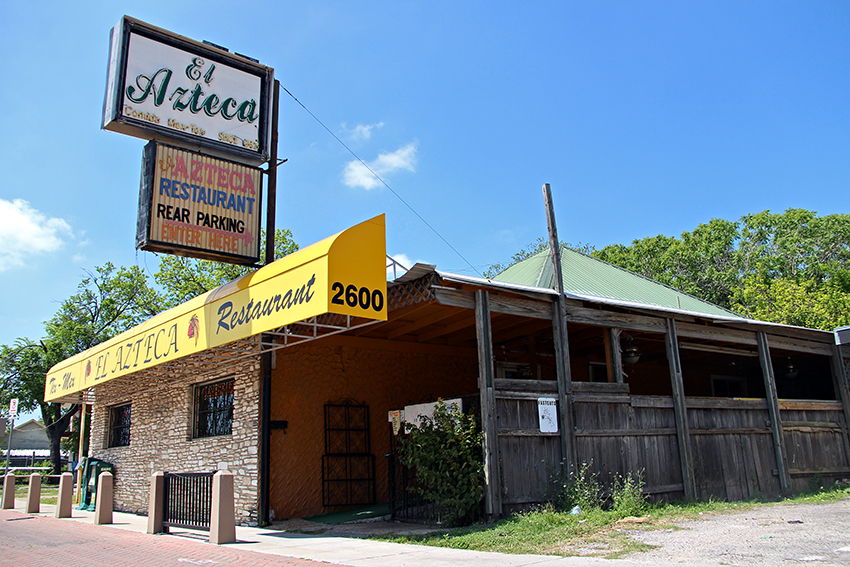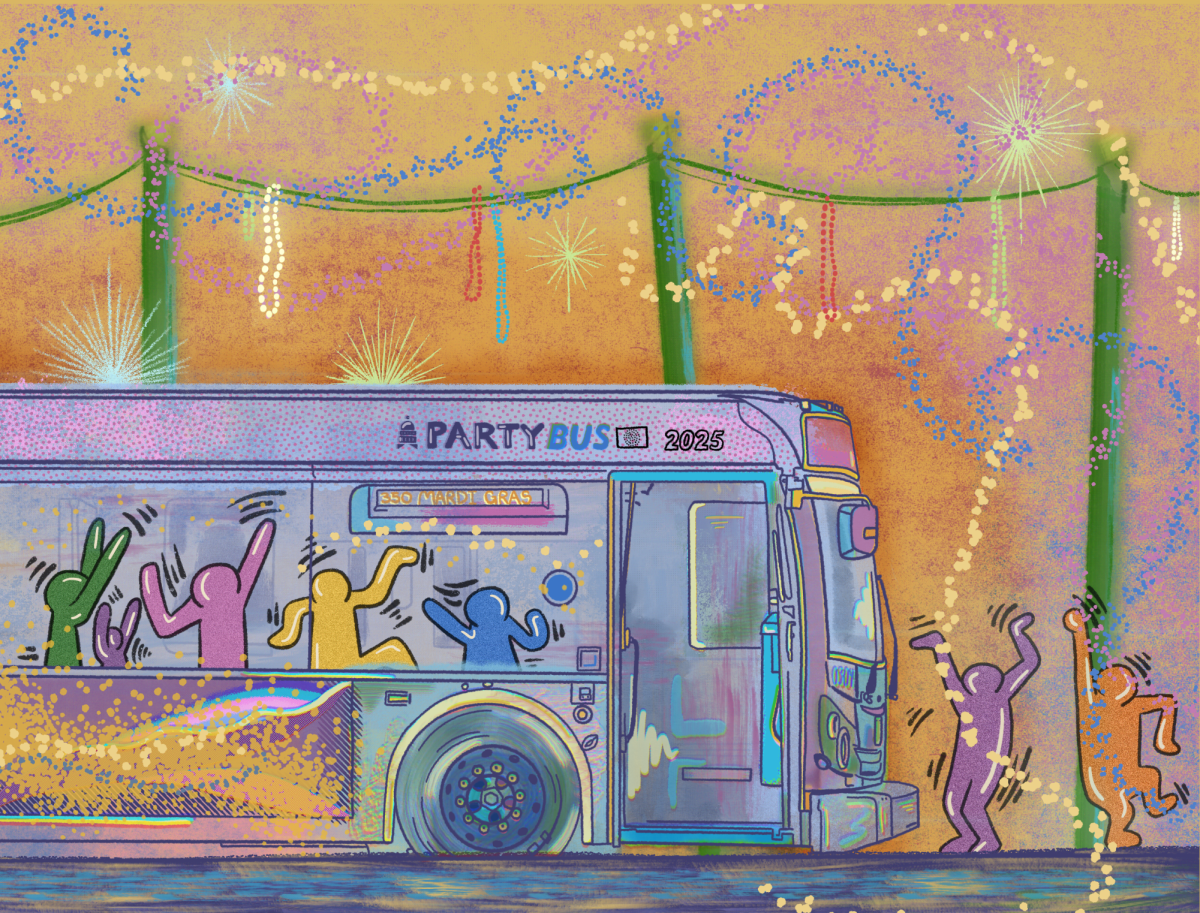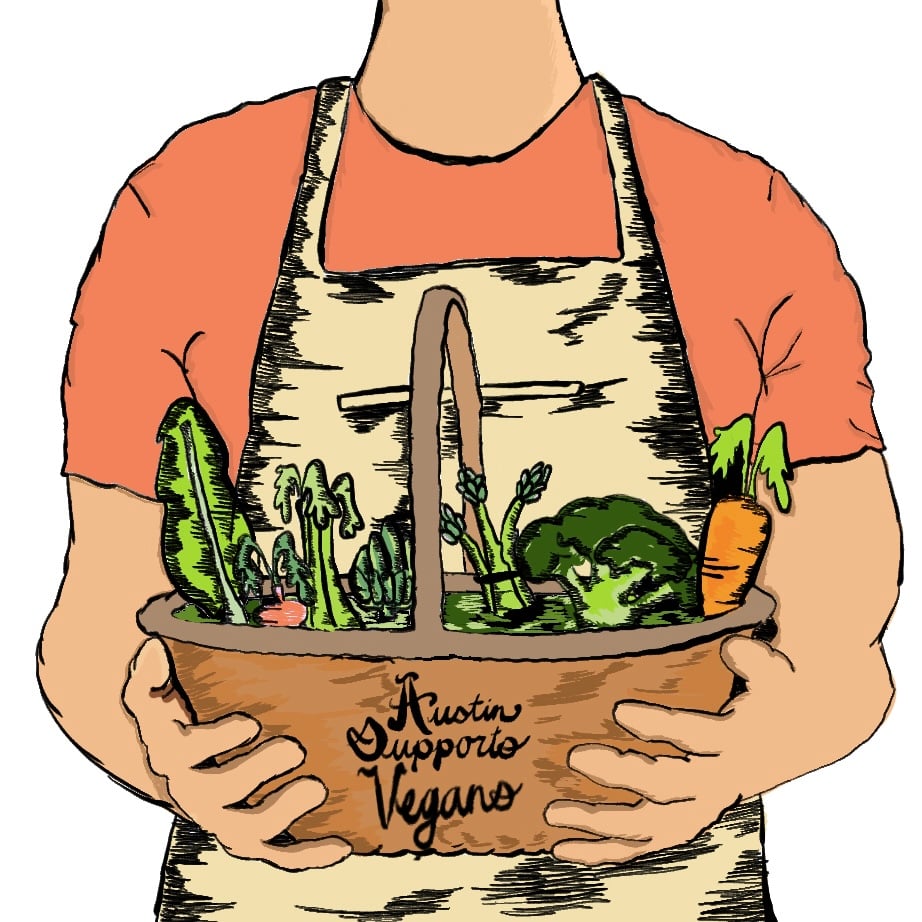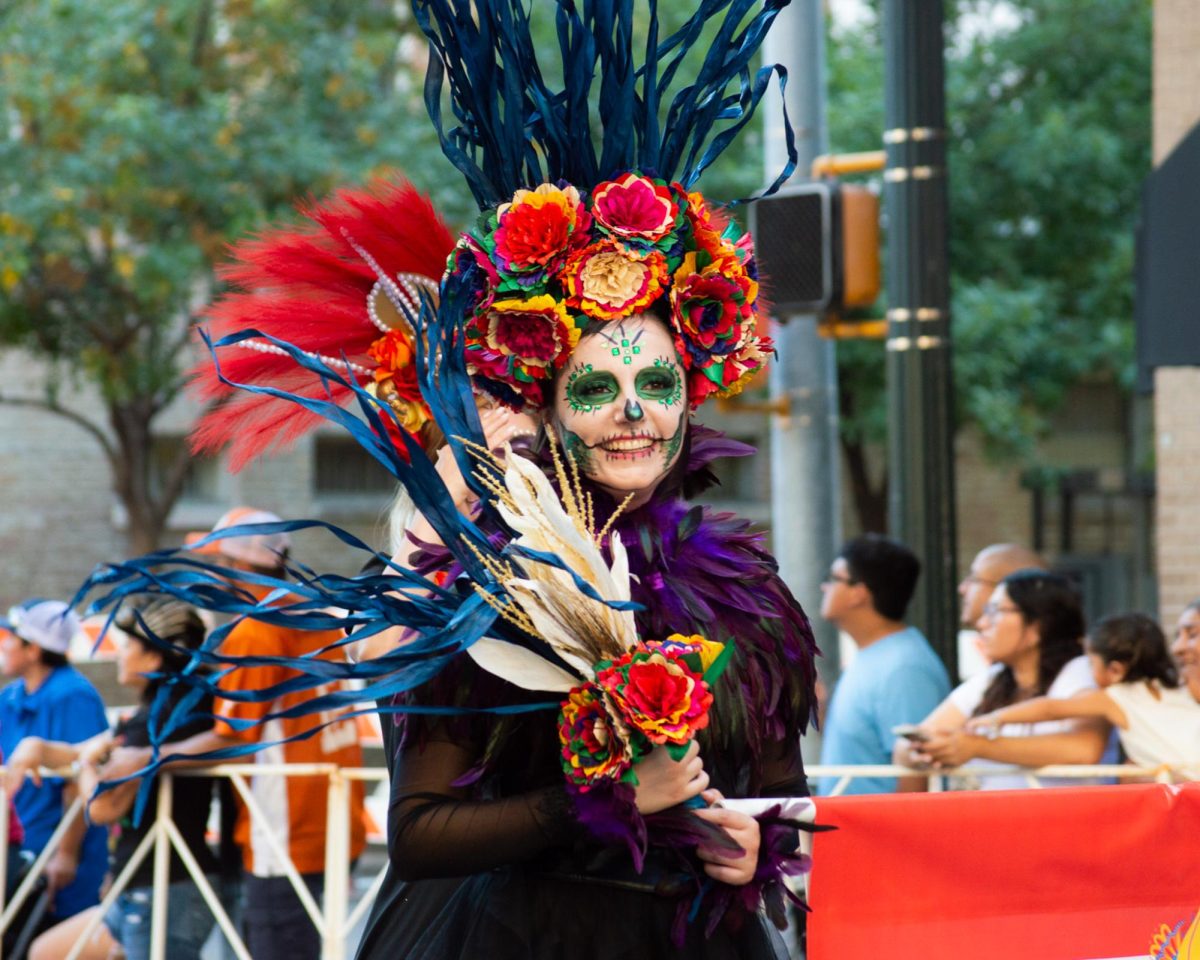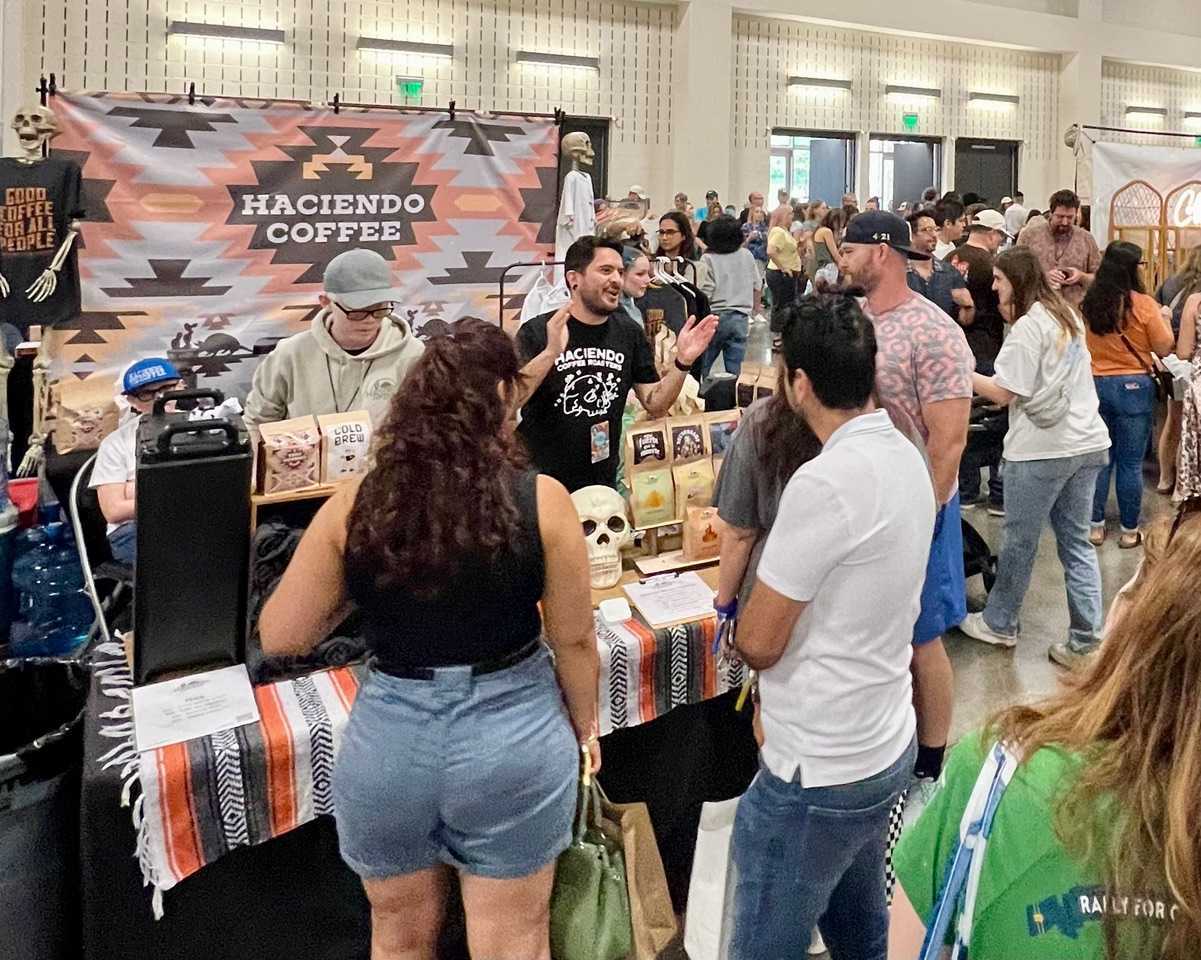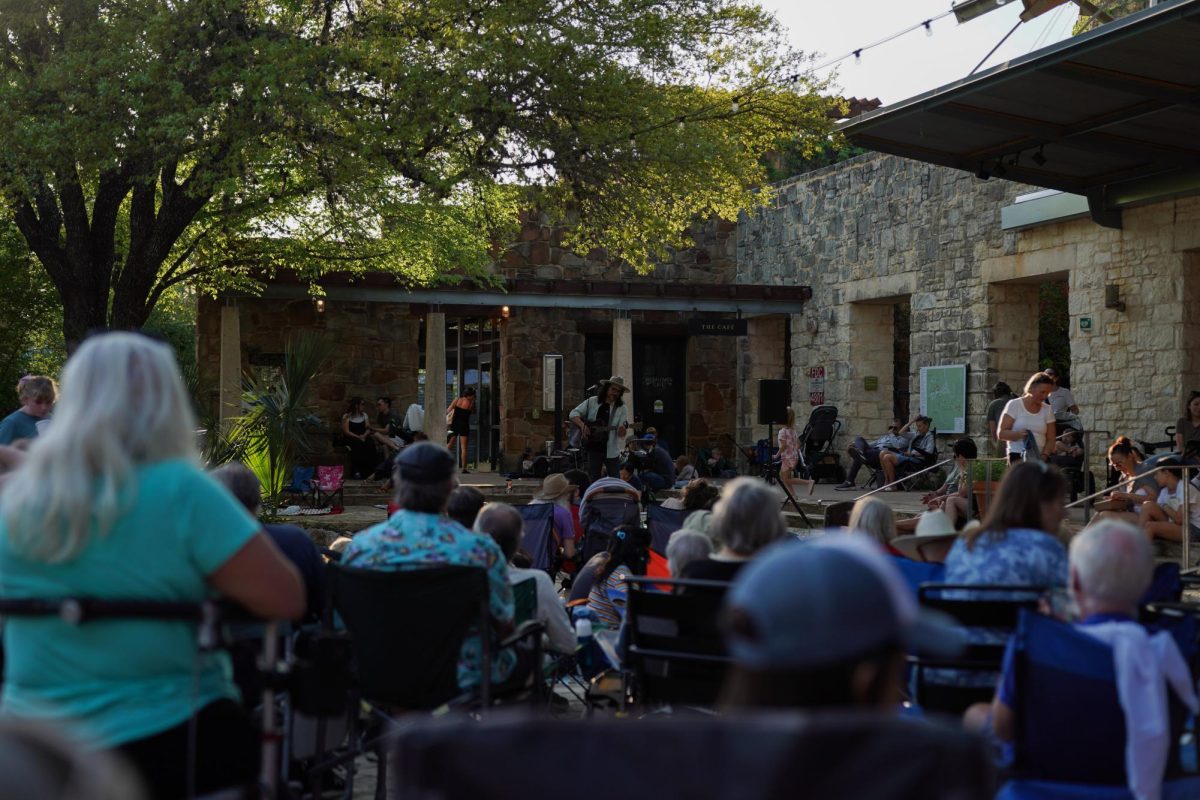To read more stories about the history of gentrification in East Austin, click here.
Growing up in the ’80s, Juan Guerra and his cousins walked from their houses to their family-owned East Austin restaurant every day. After helping their parents in the kitchen, the cousins played soccer in the streets and attended church with other neighborhood kids.
“Everyone we ran into knew who we were and our family knew their family” Guerra said. “We weren’t scared of anything or anyone. It had that neighborhood feeling.”
In 1963, the Guerra’s grandfather, Jorge, founded their family restaurant, El Azteca. In those days, Guerra said East Austin had more minorities, so it was easier for his family to live in that part of town. But today, the influx of people has caused rising property taxes, commercialization and gentrification in East Austin.
“Now, it’s too expensive for a family to move to the East side,” Guerra said. “It’s just single couples who don’t have children. You don’t see anyone playing on the streets. It’s not a neighborhood anymore.”
According to city demographer Ryan Robinson, the amount of families with children was above 32 percent in 1970. By 2010, that figure dropped to 10 percent. The City of Austin website states the city’s rate of diversification has greatly slowed down, most likely due to spiking housing prices.
Because of this population increase, the City of Austin started the East 7th Street Improvement Project in 2009 to upgrade pavement, sidewalks, landscaping and water lines. But the improvements also brought downsides for small businesses. For three years, the project stationed bulldozers in front of El Azteca that didn’t allow customers to park around the area. Before the construction was finished, the city started raising property taxes. Guerra said the walkways do not receive maintenance and the bricks of the intersection are falling apart.
“A lot of people went elsewhere and didn’t really come back,” Guerra said. “People said it was too much of a hassle.”
El Azteca has been in East Austin for 53 years. Guerra said even though taxes and commercialization are increasing, they will never get rid of their Mexican legacy by becoming a commercial chain.
“We’re invested, not just with time, but with blood, sweat and tears,” Guerra said. “Me and my father worked six days a week and 15 hours a day to keep this place going.”

